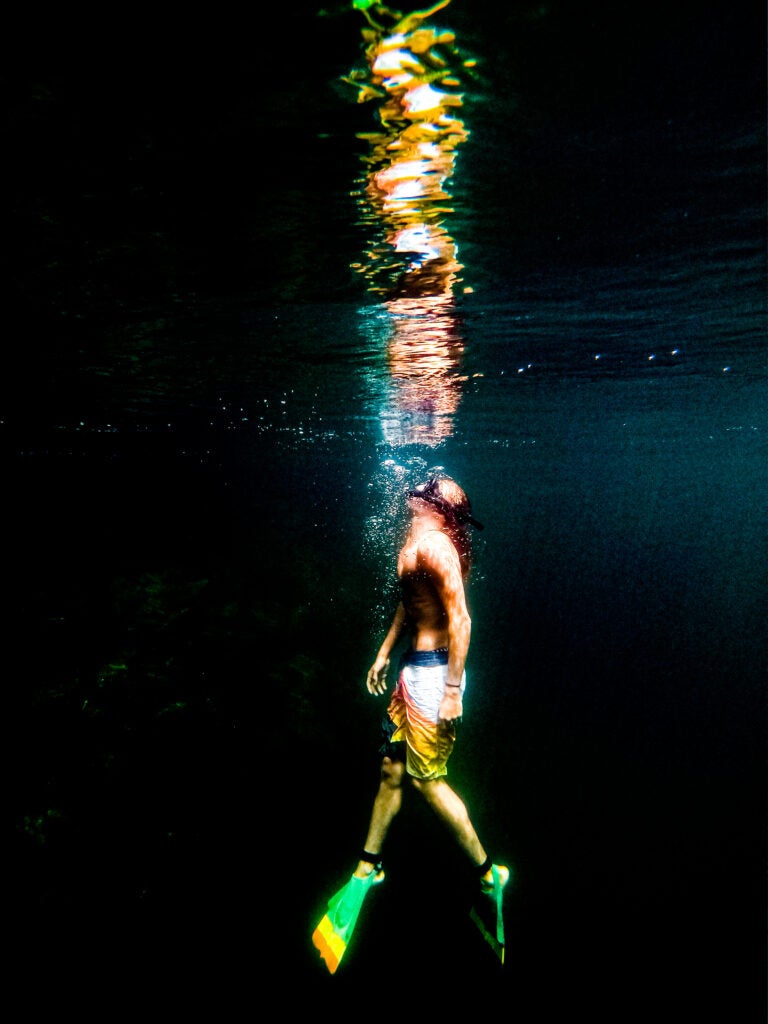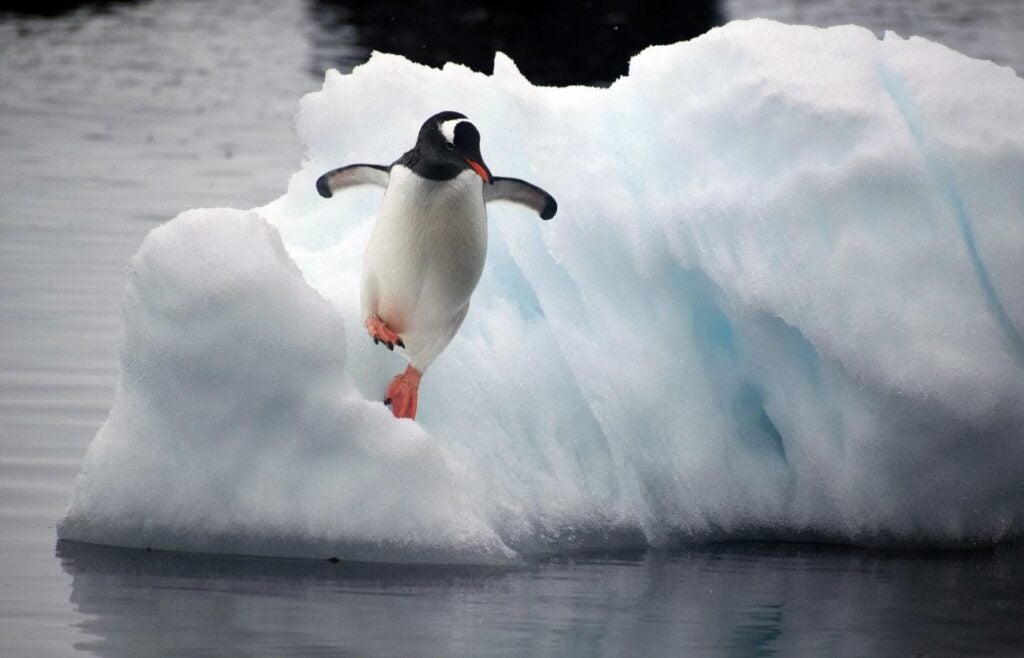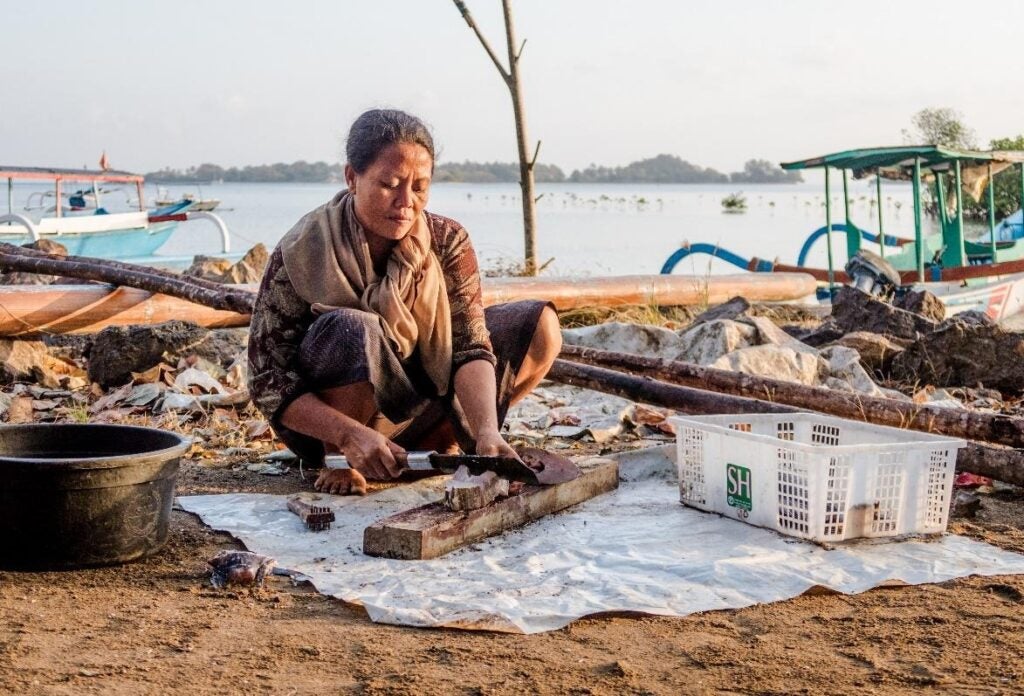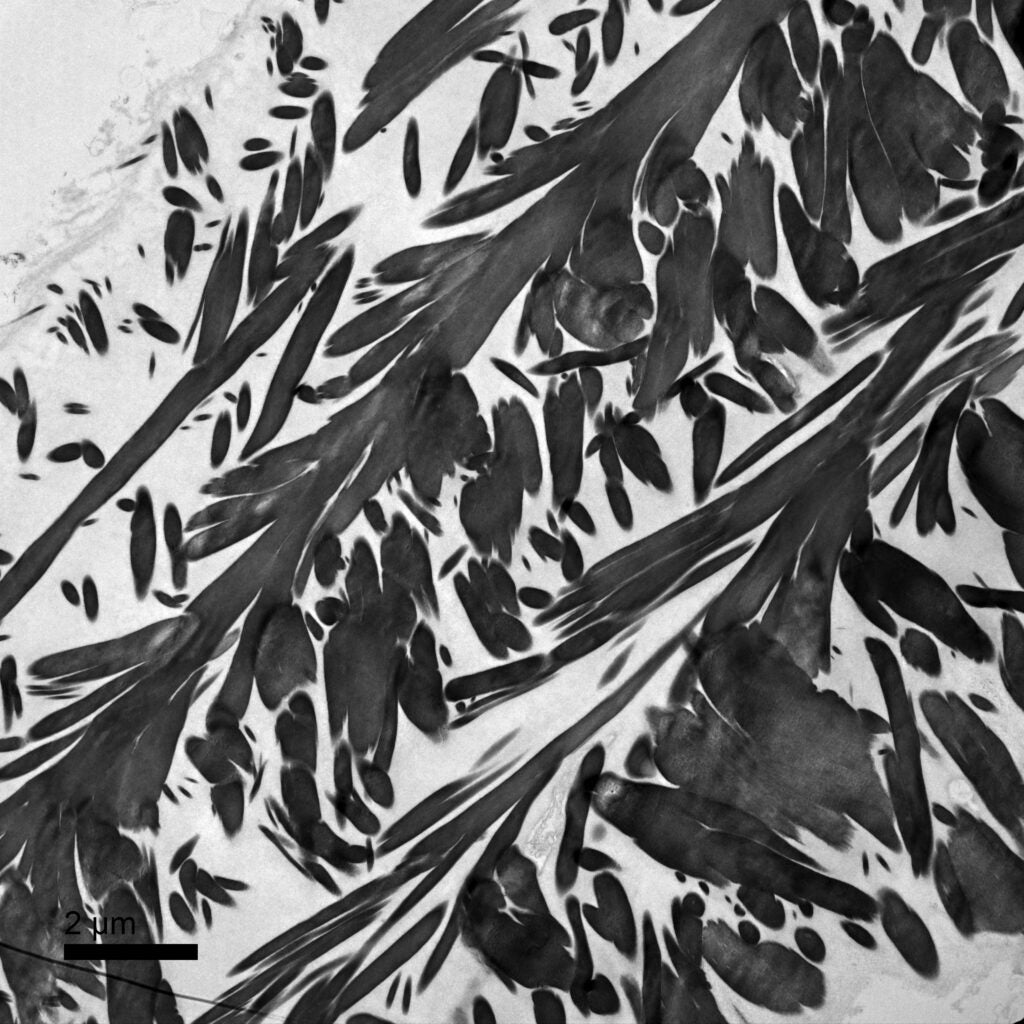1st Place | Photo Title: “Migrating Sockeye”
Jason Jaacks, Professor, Journalism

Location of Photo: Kanektok River, Alaska, Date photo was taken: July 31, 2010
Bristol Bay, Alaska is home to the most productive wild salmon fishery on the planet. Every year, millions of salmon return to the pristine watersheds of western Alaska to spawn, including this sockeye salmon on the Kanektok River.
This photograph connects to a long-term visual research project that investigates the conservation status of Pacific salmon across their range. The photographs are being built into an archive documenting the challenges that salmon populations face up including the effects of dams, climate change, commercial and recreational fisheries, and threats such as mining, logging, and agriculture.
2nd Place | Photo Title: “Coming up for Air”
Laird French, Undergraduate Student, Marketing Major

This photo was taken during a free dive exploring a quarry last summer. At a certain angle, amazing abstract reflections can be achieved using the surface of the water. As a photography minor and outdoor enthusiast, French often attempts to capture special moments in nature. This photograph is part of his documentary portfolio of work involving water and nature.
3rd Place | Photo Title: “Penguin Polar Plunge”
Kelton McMahon, Professor, Graduate School of Oceanography

This photo was taken during an NSF-funded research cruise to the Antarctic to study how warming waters and disappearing sea ice as a function of rapid climate change are impacting the food webs supporting krill predators in the Southern Ocean. Penguins are “canaries in the coal mine” for the health of the ecosystem in order to better predict future responses to growing environmental change. This gentoo penguin leaps off a floating iceberg in the frigid waters of the Antarctic Peninsula in hopes of finding krill to eat while avoiding being eaten by a hungry leopard seal or killer whale.
Honorable Mention | Photo Title: “From Reef to Market”
Elaine Shen, Student, Biological Sciences

With the sunrise, a fisheries collector prepares a freshly-caught triggerfish for sale at the local market. As part of her research in Biological and Environmental Sciences, she was able to get a first-hand glimpse of how small-scale fisheries in Lombok, Indonesia operated, oftentimes meeting fishermen at landing sites as they arrived. Their boats were filled with colorful reef fish that were designated for personal consumption or sale, depending on the species.
Honorable Mention | Photo Title: “Where does the Timberdoodle go?”
Colby Slezak, Student, Natural Resources Science/ Environmental and Ecosystem Sciences

During the last 10 years, tracking birds using radio-telemetry has produced detailed probability of use maps and has influenced forest management conducted by the RI state department of environmental management. This research is contributing to the Eastern woodcock migration collaborative by recatching radio-marked birds in the fall prior to migration and attaching state of the art GPS transmitters. These provide detailed location data as the birds migrate to their wintering grounds.
Honorable Mention | Photo Title: “Nature’s Underwater 3D Printer: The Parchment Tubeworm”
Kotachi Liu, Student, Ocean Engineering

Mr. Kotachi’s research at URI is focused on developing autonomous underwater vehicles through bio-inspiration. This image is from a transmission electron micrograph showing the housing tube of a marine parchment worm. It shows a cross section of the material, made of highly organized nano-fibrils. These nano-fibrils are able to assemble rapidly underwater, making the material a potential template for novel 3D printing and underwater repair.
